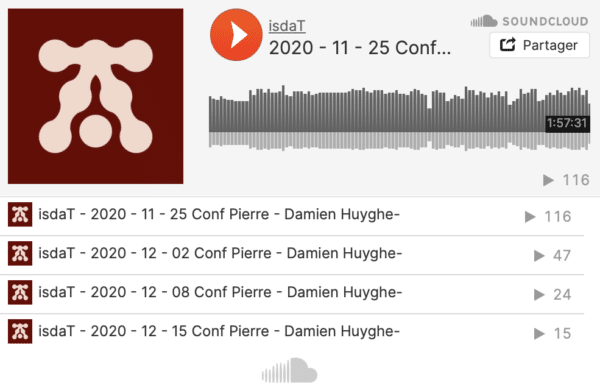Change of scale
From the outset, industrial society has thought of the notion of limit as a hindrance. To increase its production capacities in the field of energy, food and various consumer products, it is organized around the model of the power plant, a model based on the concentration of production resources. We have known for several decades the disastrous consequences of this large-scale production on our living environments. “The world is not developing at the appropriate scale,” remarks mathematics researcher Olivier Rey.
Faced with the manifestations of excess from contemporary human organizations, we are closely interested in the ideas of small scale, limit and threshold that we will question by considering intellectuals from different eras and disciplines. For the ancient philosophers, the notion of a limit conditions the existence of a thing, gives it a form. More contemporary intellectuals within the fields of architecture, urbanity and design, also consider it positively. Yona Friedman, for example, sees the size limit of a city as a condition of the urban utopia that he promotes. Pierre-Damien Huyghe invites us to think about a mode of urbanity that can do without the notion of a center.
We will closely explore the hypothesis of a change of scale in order to consider a set of autonomous systems constituted as a “milky way” in place of power plants, small scattered and organic production units, which would ensure their autonomy through short production and distribution circuits of basic goods and information.
More specifically, we question the way in which design can support this change of scale.
This field of research will consist of a theoretical component – a seminar of 4-5 sessions involving different speakers: philosophers, economists and anthropologists, as well as a practical component through the development of an applied research project of collective restoration in the school. It will be approached from a different angle by the design option studios of the isdaT.



The Research in Design platform
The website Research in Design at isdaT is a publication space that reports on the activities carried out in the name of research within the design option at isdaT, in a critical approach that questions creation through eminently political and social issues. The primary purpose of this site is to showcase content from the research programmes carried out by the option, presented to the school’s research council and supported by the DGCA (from 2015 to 2019), as well as the Design and Poverty programme carried out from 2015 to 2019 and the Change of scale programme launched in 2020.






